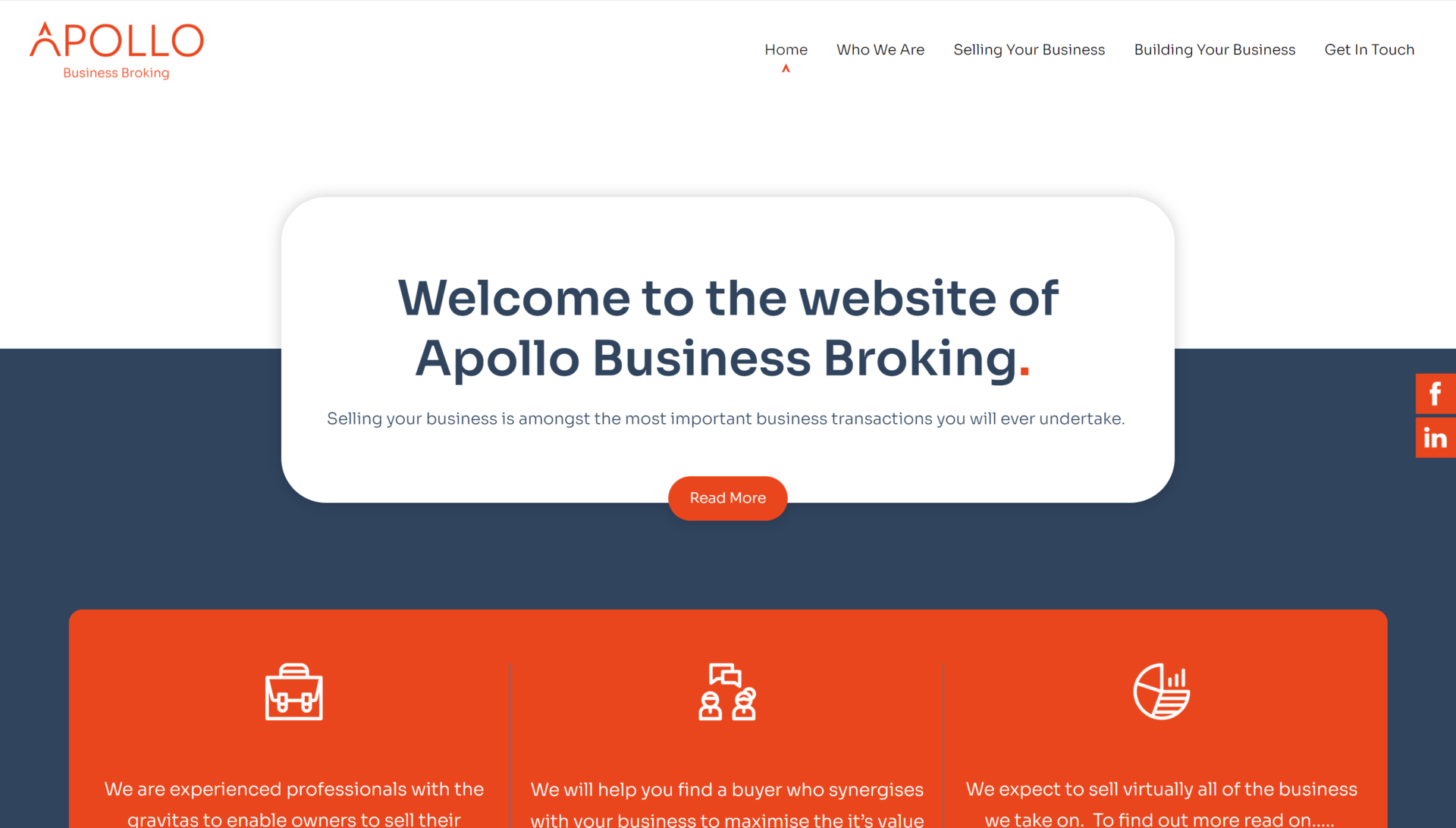Define your target market its at the centre of everything
Posted on 12th July 2017
When asked about the target audience, many business owners simply reply: ‘anyone who’s interested’. Unfortunately, this is one of the biggest mistakes that you can make. Of course, you want to market your business to as many people as possible – but without a specific customer base in mind, this can be very difficult.
Click on this text to edit it.
A better approach
A better approach is to take the time to define your target market correctly and precisely. This will enable you to focus your marketing activities on communicating with the people who are most interested in buying from you. So how do you go about defining your target market?
Here are a few tips to get you started.
1. Analyse your existing customer base
Who are your current customers and why do they use your business? Build up a picture of the different types of people that use your business, using factors such as:
• Age, gender and marital status
• Income, education and occupation
• Location
• Attitudes and values
• Interests, characteristics and lifestyles
• Industry sector, if applicable
Next, think about the type of customer who brings in the most business and make a list of the demographic and psychographic traits they have in common.
This will help you define your ‘ideal customer’.
2. What are the problems you’re solving or the benefits you’re offering?
This boils down to why people use your business. A good place to start is by listing the features and benefits of each product or service you offer. For example, if you offer accountancy services, a feature of your service might be providing annual accounts and tax returns. The benefits include your clients having the reassurance of meeting their legal obligations, paying the right amount of tax and having accurate financial information to hand.
3. Consider what’s different about your business
Is there something special or niche about your services that differentiates your business from the competition? As an accountant, this could be expertise within a particular industry sector, specialist knowledge around tax mitigation or a track record of resolving problems with HMRC.
When considering this, have a look at what the competition are up to at the same time. Whilst it’s not always possible to find a unique audience for your business, there may be a gap in the market that your peers are missing, or a problem they’re not solving.
4. Decide on your target market
You should now be in a position to decide who you should be working with or selling to. Coming back to the accountancy example, this could be small to medium sized businesses operating in the logistics sector and based in the East Midlands. Just be careful not to break your market down too far! Whilst it’s no bad thing to be a big fish in a small pond, there must enough customers out there to support your business and enable growth.
5. Start communicating with potential customers
The good news is you’ve done the difficult bit! Having defined your target market, you’ll find it easier to work out how best to communicate with them and which marketing messages are likely to be effective. For example, you could look at advertising in or writing for industry or location-specific magazines, websites or blogs. Or putting together an email or direct mail campaign that’s designed to appeal to your ideal customer’s personality, needs or interests.
By refining your marketing activities in this way, you’ll increase your response rate – and therefore your return on investment – as you’ll be using your resources as efficiently and cost-effectively as possible.
Share this post:


